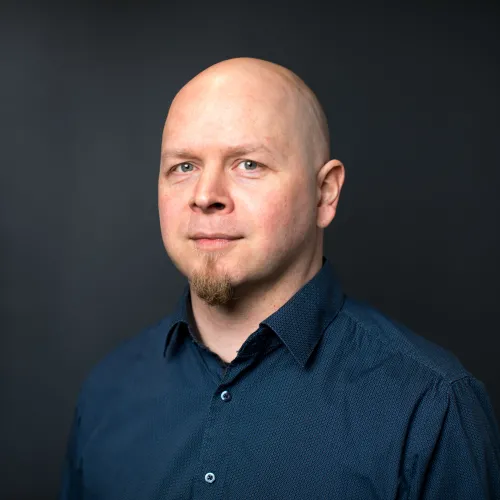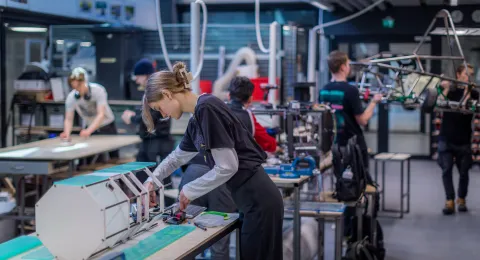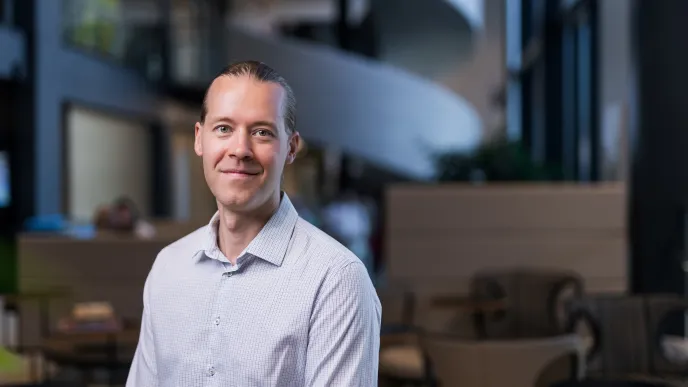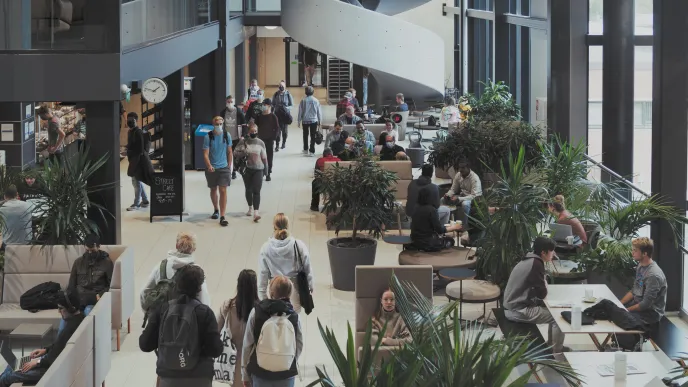Although the content industry could theoretically be completely automatised, there are always those who value content produced by humans and are willing to pay for it. This is the view of Anssi Tarkiainen, Associate Professor in Digital Marketing at the LUT School of Business and Management, whose course Digital Marketing in Action gives content produced by students a central role.
"The Finns are a technology nation. People here easily think that if something can be technically implemented, it is enough. Artificial intelligence, technology, and robotics have important roles in sales and marketing, but fast analytical tricks alone will not be anyone's salvation. Could it be that there is actually a more compelling need for human relationship skills to drive sales right now?" Tarkiainen asks.
He gives an example: in the 1980s various psychological gimmicks were relied upon that Tarkiainen calls stunts. Today they would be called hard sell tactics, based on a very direct and hard style of speech.
"If we compare hard sell talk with today's sales communication, modern selling specifically emphasises the importance of interactive skills and taking the customer into account when selling."
Tarkiainen and his colleagues have decided to divide teaching of marketing among several courses with different focuses. Digital marketing analytics is taught on a course focusing on the technical side and marketing strategy and creative content production are taught as separate courses. Although the themes of the courses touch upon each other, students can compile wholes out of elective subjects that best suit their own interests.
JHC students do themselves
The Digital Marketing in Action course, which is now being piloted, focuses on practical action. On the course, students concentrate on three projects of the LUT Universities protolab, the Jamie Hyneman Center (JHC). The students create content for JHC's social media channels and website, illustrating the progress of the protolab's projects. They also innovate ideas for digital marketing content. Students can utilise the outcome in their portfolios, for example.
JHC projects selected for the course include the electric motorcycle JHC Ukkonen, the telepresence robot, which is steered by humans but has a remote presence, and the Plywood Challenge, in which new uses for plywood are being hatched in collaboration with Wisa Plywood, which is part of UPM.
Because of the coronavirus pandemic, students do not currently have access to the JHC facilities, but the telepresence robot might solve that problem in the future. The robot even has a name – Hynebot.
"Telepresence is, for example, a Teams meeting, but a robot brings movement to the situation, in addition to the voice and image. A telepresence robot differs from an ordinary automated cleaning robot in that telepresence is constantly under human control, and the person in question can, with the help of the robot, participate in a discussion, see the area and do something if robotic hands are attached to it", Anssi Tarkiainen explains.
Nevertheless, the aim is that in the future, once the pandemic is hopefully over, students will be able to take pictures of the JHC facility and do required interviews and other information gathering. For now, all such work needs to be done remotely.
"It is part of the operating culture of JHC that students do themselves instead of being given many solutions in advance."
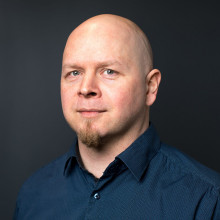
"New social media platforms will emerge in the future"
Daniil Saarik, a student taking the Digital Marketing in Action course, dreams of a job in the gaming industry or possibly further studies for a doctorate.
"I love the idea of combining analytics and practice. The collaboration with JHC sounds wonderful as well. Hopefully, I will get the needed insights and gain a lot of skills to get a job in marketing", Saarik says.
Saarik believes that digital marketing will increasingly focus on storytelling and video content with a huge influence from AI technologies. He feels that the progress of artificial intelligence will have a great impact on the utilisation of these developments.
Andrea Melissa Mejia Rodezno, who is taking the same course, feels that rapid technological advancements spurred growth in digital marketing already before the coronavirus pandemic. She works as a Marketing Specialist with a focus on social media marketing.
"With the experience of the pandemic, consumers and companies have understood the importance of digital marketing in business activities and communications. I believe that new social media platforms will emerge in the future, and digital devices will be increasingly user-friendly for consumers of all types", Mejia Rodezno says.
Saarik and Mejia Rodezno are studying international marketing at LUT and are hoping to get master's degrees. Mejia Rodezno is working on a double degree at LUT and at the Prague School of Economics and Business.
"My major in Prague is international business and after studying for a year I was given the chance to apply for a double degree. As marketing was the subject that I was looking for, LUT was the partner that gave me the opportunity to study it. I have been very satisfied with the level of teaching at both universities, and I am certain I made a great choice by choosing this career path."
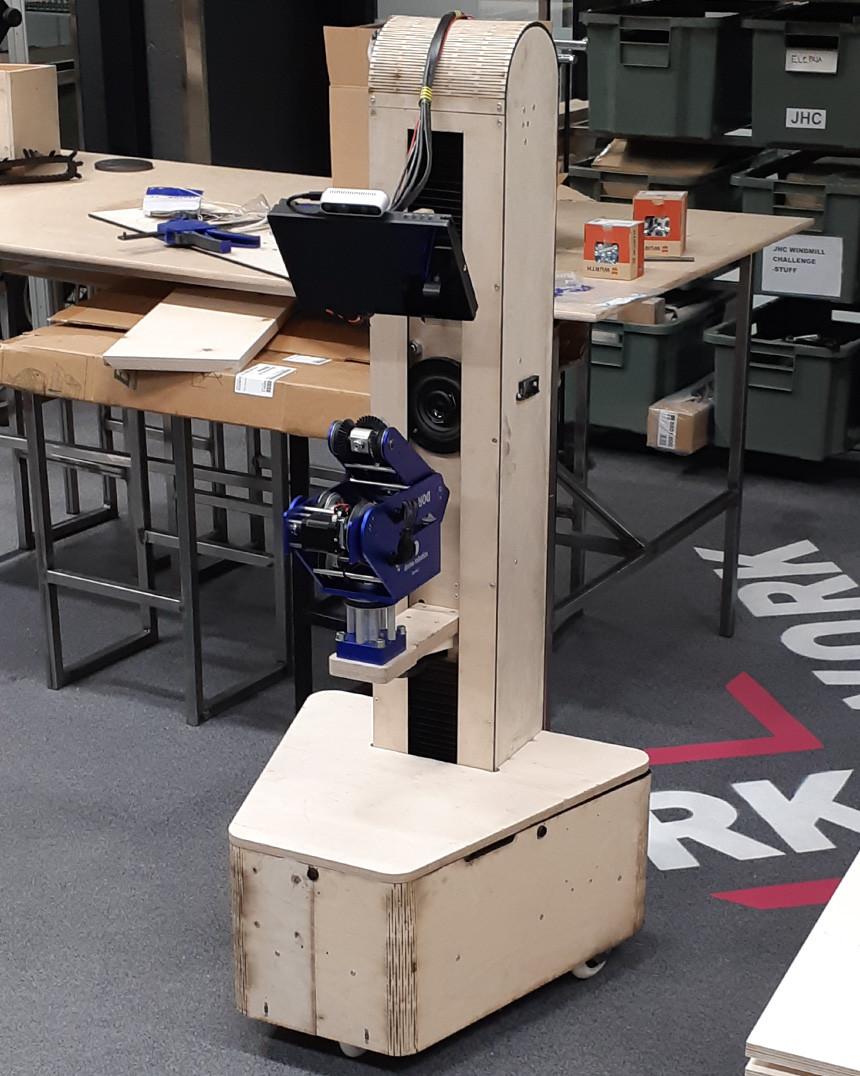
"It is a gloomy thought that machines might be better than us"
According to some assessments, the use of technology and artificial intelligence will only increase in digital marketing, and more training in analytics, for example, will be needed. On the other hand, one significant trend that is seen right now is the importance of the content industry.
"It is quite a gloomy thought that machines might be better at everything than we are. It sounds like a dystopia, a horrifying image of a future society. We are living in a time of technological frenzy, but there is always a counterforce to every force", Anssi Tarkiainen says.
He gives another example, this time from the entertainment industry.
"What happened to television? The only free content for audience is mainly low-budget reality TV. Well written and produced series have moved to streaming services and viewers must pay a fee to watch them. Their popularity shows that people are willing to pay for quality."
Tarkiainen feels that the same development has been evident in the world of gaming. The best games in his opinion are well scripted, like interactive cinema. Now these kinds of scripted games are often overtaken by multiplayer games, which are based on competition, and as a form of entertainment they are closer to e-sports. According to Tarkiainen, scripted games are also going strong, and people are willing to pay for high-quality creative content in games.
"It could be that the market will branch off into separate segments in such a way that some of the people are willing to pay for high-quality creative content and some for content in the style of e-sports."
More information:
